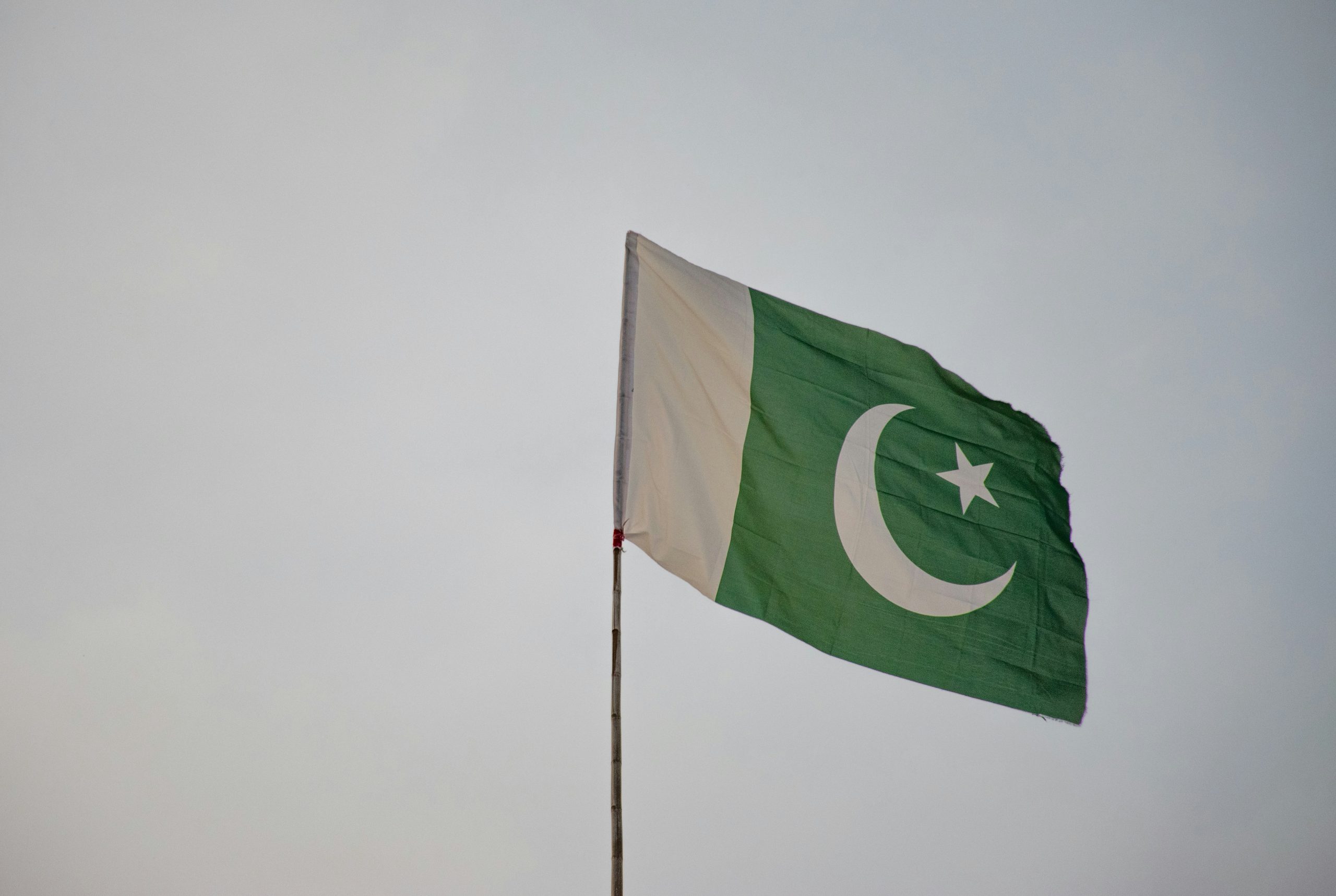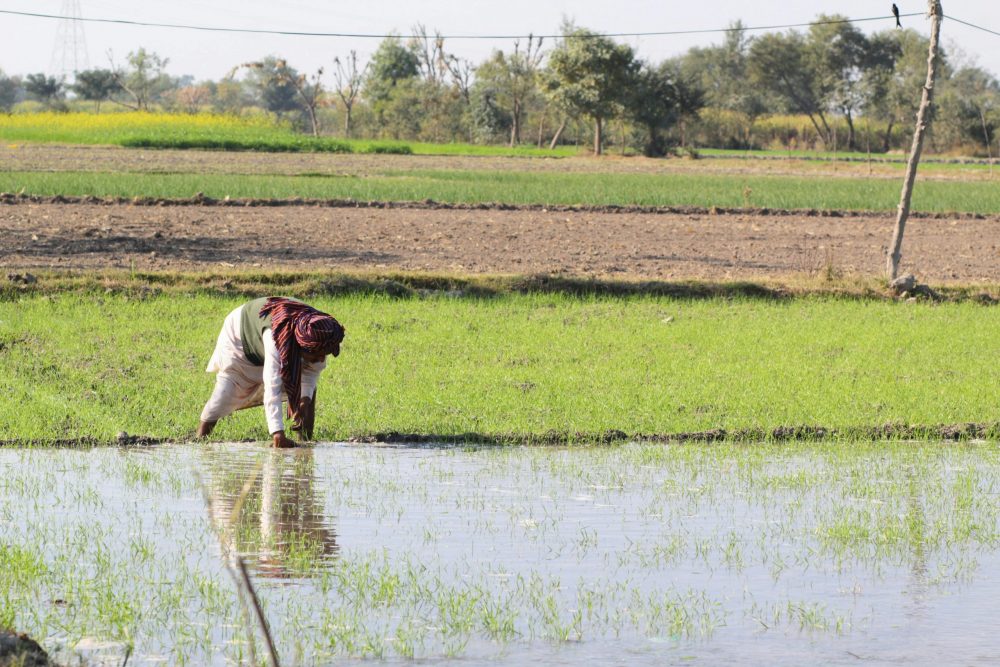Since March 2020, schools around the world were either completely closed or operating under strict COVID-19 restrictions. Over 1.6 billion learners were affected globally, resulting in major learning gaps and lower enrolment rates (World Bank, UNESCO, UNICEF 2021). In Pakistan alone, almost 50 million children were out of school, and 12 million of them were from Punjab (Zakaria 2020).
When schools reopened for the third time (September–October 2021), the dropout rate increased sharply. Around 21% of boys and 8% of girls in Punjab dropped out of school. Students who continued their education also experienced major academic losses. Data from the Punjab Examination Council showed a decline in Grade 5 performance in 2020.
Because of these dropouts and learning losses, the education sector now needs strong recovery plans. This webinar will discuss how out-of-school children can return to the system, and how technology-based solutions can help them catch up.
Why Did School Dropouts Increase During COVID-19?
There are several key reasons for the rise in dropout rates:
1. Financial stress on families
Income losses forced many families to remove children from school. Many boys had to start working to support household income, which is why the dropout rate for boys (21%) is higher than girls (8%).
2. Increased burden on girls at home
Lockdowns increased household workload. Girls spent more time doing chores and less time learning. In many areas, families already give lower priority to girls’ education, which made parents less willing to send daughters back to school.
3. Limited access to technology for online learning
Many students could not continue learning through TeleSchool or TaleemGhar because they had no internet, no smartphone, or no quiet learning space. This made catching up harder, and many families decided it was not worth sending children back.
4. Shift towards religious education
Some parents chose to send their children to religious institutions instead of formal schools.
Did Remote Learning Help? – Limited Impact on Recovery
Even for students who stayed enrolled, learning losses were severe. While the government launched distance learning programs, their usage remained low. In Punjab, during school reopenings, only 8% of girls and 2% of boys were using remote learning (Geven 2022).
Reasons include:
- Technology access is limited. Only 15% of the poorest households own a TV (DHS 2017).
- Internet access is available in only 12% of Pakistani homes.
- Many families share devices.
- Most content is in Urdu, making it harder for families who speak regional languages.
- Boys were pushed into labour.
- Girls spent double the time on household tasks compared to boys.
- Cultural beliefs also discouraged using TV for education.
- Private tutoring is too expensive for most low-income homes.
As a result, early estimates show about 0.6 years of learning loss (Geven and Hasan 2020).
Percentage of people who had watched the TeleSchool transmission
Source: Gallup Pakistan, 2020
How Have Other Countries Re-Integrated Students and Reduced Learning Losses?
Resilience and Inclusion in Education has been a core focus for many developing countries as they recover from COVID-19 school closures. The following examples highlight international strategies that can help Pakistan design better recovery models.
Tackling Dropouts
To reduce dropouts, several countries launched strong “back-to-school campaigns” to bring students back into the formal system. In Kenya, community-based outreach directly targeted households — resulting in 96% student re-enrolment. In Mexico and Brazil, governments provided conditional cash transfers linking financial support to enrollment, which helped families send children back to school.
These strategies reflect how Resilience and Inclusion in Education can support vulnerable families and ensure no child is left behind.
Overcoming Learning Losses
Many countries also introduced remedial learning programs. For example, in 2020 the Philippines introduced summer schooling for students scoring below 75% in the previous academic year. Although more evidence is needed, global research (World Bank 2021) shows that targeted instruction, more classroom time, and condensed curricula are promising options to recover lost learning hours.
Building Resilient Education Systems for the Future
School closures will continue to occur due to climate disasters, conflict, or health emergencies. Therefore, Resilience and Inclusion in Education also means building strong systems that work both during closure AND in regular school cycles.
Peru offers a powerful example. The government built a multimodal distance learning strategy based on technology availability. Radio, TV, and internet were all used in parallel. Content was also produced in 9 native languages, and telecom companies “zero-rated” the main online learning portal — making learning free to access online. This was supported with weekly content schedules, active teacher follow-up, and a strong monitoring system to track engagement.
How Can Pakistan Apply These Strategies?
International models can guide policymakers, but Pakistan must consider capacity, budget, and local constraints. There is no single shortcut to restore learning — but there are core questions that can support stronger decision-making and improve Resilience and Inclusion in Education in Pakistan:
- What are the most effective strategies to re-integrate dropouts into formal schools?
- What should Pakistan’s remedial learning model look like?
- How can Pakistan build continuity between home-based learning and school-based learning?
- How can new policies reduce gender gaps in enrollment and learning recovery?
- How can non-government actors, private sector, NGOs, EdTech and community voices contribute to solutions?
These questions will guide future interventions to support Resilience and Inclusion in Education for all children.





